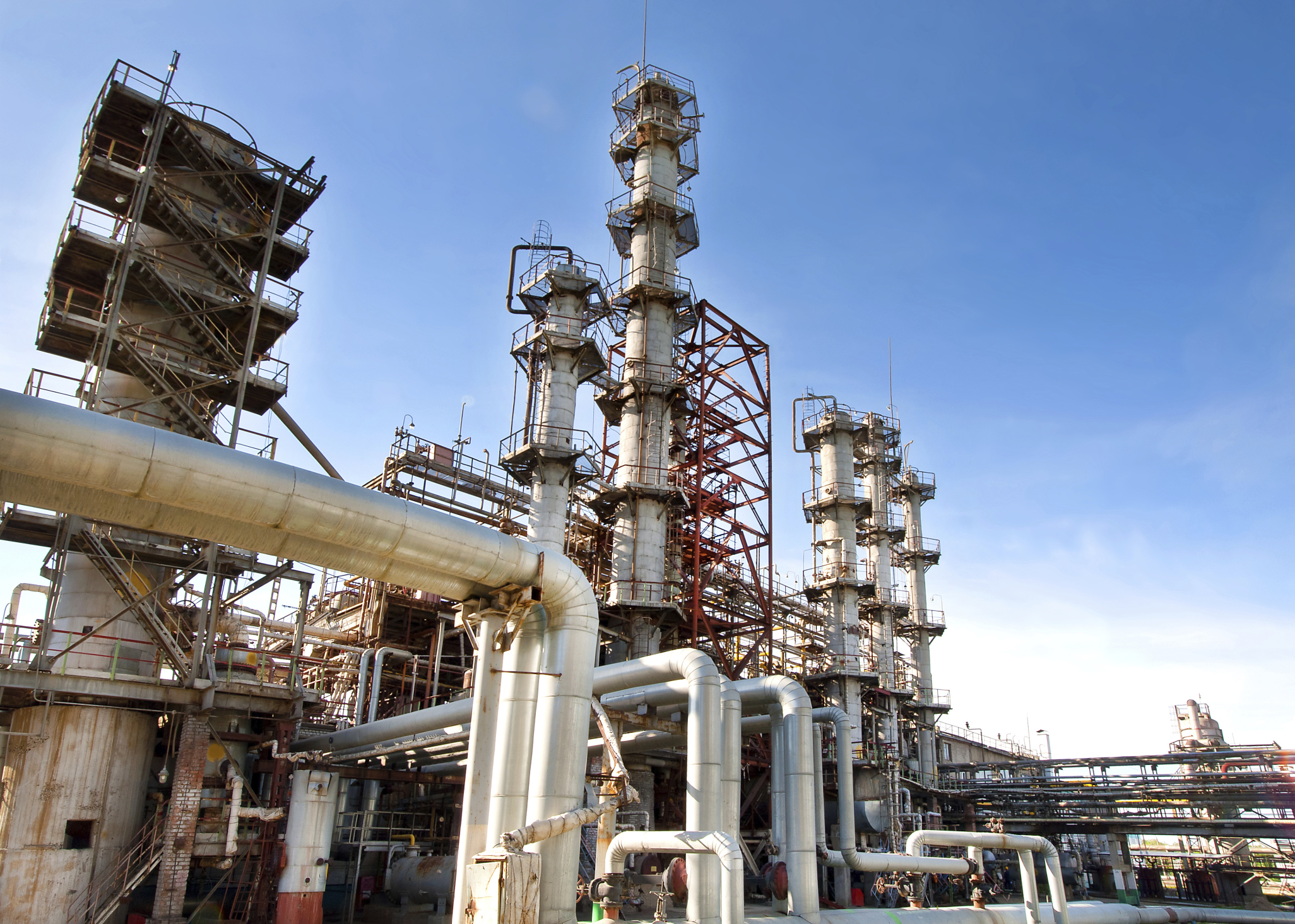With the warmest winter on record this year and continued high levels of natural gas production, the U.S. ended the season with more gas stored than ever before.
By producing so much gas and putting so much away, the industry is likely to face continued low prices for the commodity, not encouraging news for the sector. But the combination of factors also means more opportunities to sell gas to power plants, the U.S. Energy Information Administration says in a new report.
In fact, power plants are expected to set a new record for gas consumption in 2016 and for the first time ever burn more gas than coal to generate electricity on an annual basis.
“It was a warm winter and there was a lot of production,” Katie Teller, an EIA economist who wrote the report, said in an interview. “It’s not totally surprising that we ended up with a record for storage.”
All told, U.S. gas storage ended the winter heating season on March 31 at nearly 2.5 trillion cubic feet, beating by a fraction of a percent a high set in 2012, according to the EIA report.
Even heading into the winter heating season in November, gas inventories had reached an all-time high, with more than 4 trillion cubic feet tucked underground, typically in depleted oil and gas fields. Given the mild weather that followed, the withdrawal rate was down 32% from the average for the previous five seasons.
Teller’s report last week followed a short-term energy outlook from EIA that predicts a supply pattern for gas similar to one that occurred in 2012, following another warm winter that set the last record for putting gas away.
“Low natural gas prices at the time and high production levels led to a record-high consumption of natural gas in the electric power sector, both for the summer and the year as a whole,” Teller wrote.
In 2015, gas use by electric power plants broke the 2012 record, and EIA projects another new mark will be set in 2016.
In fact, the government agency forecasts that gas will surpass coal as the leading fuel for electric generation in 2016, the first time that’s ever happened.
As recently as 2008, coal accounted for about half of the fuel used for power plants. But coal’s share of that market has declined since then as gas has become more abundant and cheaper, and environmental regulations have forced the shutdown of coal-fired units.
Gas will remain cheap for some time, according to EIA, which predicts an average spot price of $2.18 per million British Thermal Units in 2016 and $3.02 in 2017. That compares to a spot price of $2.61 in 2015, the lowest level since 1999.
As for next winter, EIA expects gas storage will once again begin the season in November at record levels.
“The biggest factor is always going to be what’s going on with the weather,” Teller said, adding that early forecasts from the National Oceanic and Atmospheric Administration indicate “a pretty close to normal winter next year,” suggesting greater demand for gas to heat homes and businesses.
For gas suppliers, if not necessarily their customers, that’s welcome news after a hard winter.
Bill Loveless — @bill_loveless on Twitter — is a veteran energy journalist and television commentator in Washington. He is a former host of the TV program Platts Energy Week.


